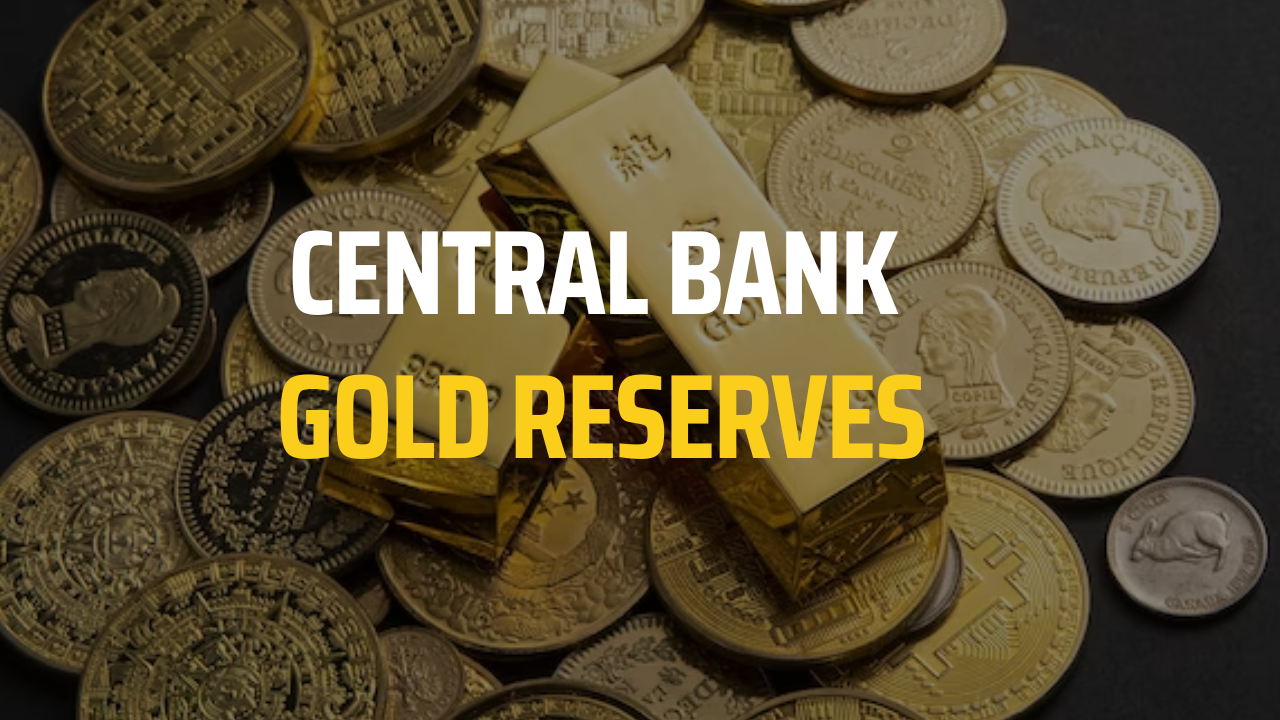
Central bank gold reserves are often seen as a symbol of financial stability and economic strength. These glittering stockpiles of gold hold a unique place in the world of finance, but what exactly are central bank gold reserves, and why do they matter? In this article, we’ll explore the role of gold in central bank reserves and the reasons behind their accumulation.
A Precious Stash
Central bank gold reserves refer to the physical gold held by a nation’s central bank. This gold can take the form of gold bars, coins, or even gold deposits with other central banks or international organizations. Over the years, these gold reserves have played a critical role in a nation’s monetary policy and financial security.
A Historical Anchor
Historically, gold has been used as a medium of exchange and a store of value. Gold’s value is relatively stable over time, making it a safe haven during economic and financial turmoil. Central banks have held gold for centuries as a means of backing their national currencies. This link between a nation’s currency and its gold reserves, known as the gold standard, was a common practice until the mid-20th century.
Modern-Day Significance
While most countries no longer directly link their currencies to gold, central bank gold reserves continue to be important. Here are several reasons why:
1. Economic Stability: A sizable gold reserve can bolster a nation’s financial stability. In times of economic crisis, gold can serve as a cushion to stabilize the value of a country’s currency.
2. Confidence: Holding significant gold reserves can instill confidence in a nation’s financial system. It signals to international markets and investors that the central bank has assets to back its currency.
3. Diversification: Gold is considered a valuable diversification asset in a central bank’s portfolio. It can help spread the risk associated with holding foreign exchange reserves, government bonds, or other financial assets.
4. Insurance against Currency Depreciation: Gold can protect against the devaluation of a nation’s currency, especially when a country is heavily reliant on a particular foreign currency for international trade.
5. Crisis Response: Central bank gold reserves can be used in times of crisis, such as currency or financial market instability. They provide a source of liquidity that can be readily converted into cash.
6. Global Prestige: Holding substantial gold reserves can be a source of national pride and can enhance a country’s position in the global economic landscape.
Challenges and Considerations
Maintaining gold reserves also presents challenges. Storing and safeguarding physical gold requires significant security and infrastructure. The value of gold can fluctuate, impacting a central bank’s balance sheet. Furthermore, there is an opportunity cost in terms of potential returns on other investments that could be made with the resources tied up in gold.
Conclusion
Central bank gold reserves may no longer underpin global currencies as they once did, but they continue to play a vital role in the financial stability of nations. These reserves serve as a financial safety net and a symbol of economic strength, maintaining their place in the heart of central bank policies and international finance.
Read more to visit Fintecmarkets.com
0
